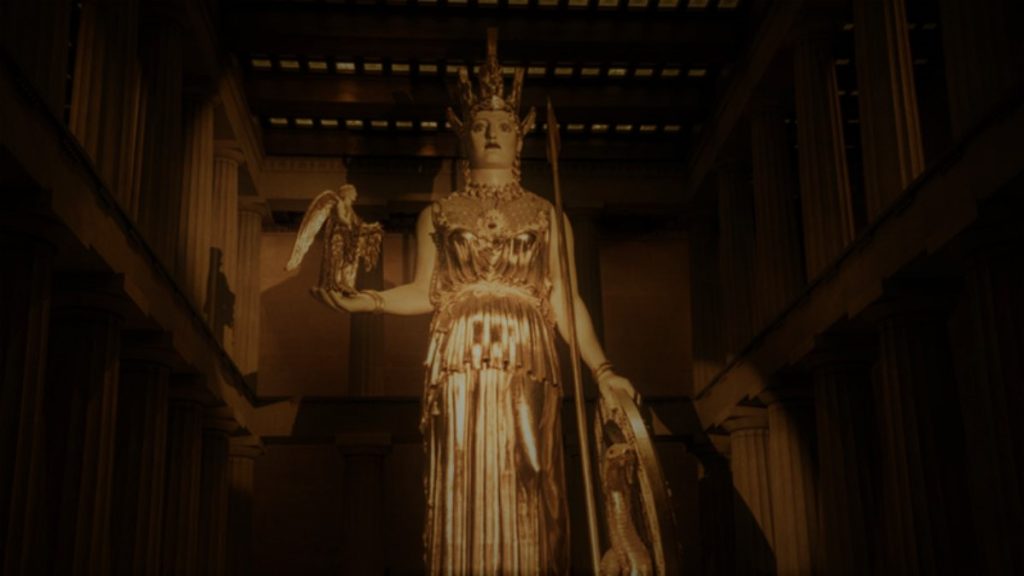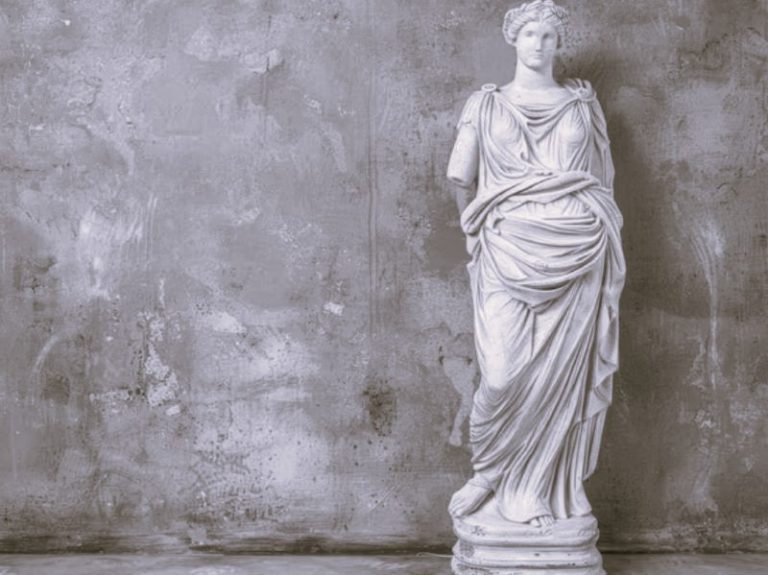
Much like the Vestal Virgins of Rome, the priestesses of Greek religion enjoyed a great many perks that other Greek women did not. In exchange for the commitment to their religious and civic responsibilities, they were often paid, given property, and most importantly, they were respected for their contributions to society – despite being female. The priestesses of the Greek religious cults were celebrities among the masses, and were viewed as role models. The religious role of women in the most powerful of all the Greek cities, Athens, is an example of the power women wielded in this arena, not just in spite of their gender, but also because of it.

In Athens, the cult of Athena Polias was the most important religious faction. Athena was the patron goddess of Athens, and Athena Polias was the incarnation of Athena as protector of the polis. The high priestess of Athena Polias was by far the most important religious position in Athens. This position was held by a woman from the noble family of the Eteoboutadae, and the high priestess exerted considerable influence religiously and politically. And there were other females that played vital roles in this cult and its activities as well.
Every year, in order to celebrate Athena’s birthday, Athens celebrated the Panathenaia. This was a great festival that represented Athens’ power and its devotion to its patron goddess. Every fourth year, the Greater Panathenaia was held, which was even grander than the typical festival, and included the Panathenaic Procession. In preparation for the procession to the Acropolis, a new peplos, or robe, was made for the cult statue of Athena that was housed on the acropolis. Two young girls from noble families were chosen by the Archon Basileus as arrephoroi, to live with the priestesses of Athena for a period of time and help to weave the new garment.

During the Procession through the streets of Athens, the peplos was draped ceremonially like the sail of a ship over a cart on wheels, and young virgins of noble blood known as kanephoroi carried sacred baskets and brought the sacrificial animals that were to be presented at Athena’s altar along with the peplos. During the procession, these females mingled freely with the noble Athenians men that participated in the festival (quite unusual for the typical Greek woman).
The role of women in the Panathenaic Procession (which is represented in the famous Parthenon frieze) and the role of women in Athenian religion show us that while women were not esteemed very highly in everyday Greek life, there was a faction of Greek females that were able to break down the barriers and contribute publicly in the arenas of politics, civics, and religion.
Bibliography
- Fantham, E. et al. Women in the Classical World. Oxford University Press, New York, Oxford, 1994
- Pomeroy, S. Goddesses, Whores, Wives, and Slaves: Women in Classical Antiquity. Schocken Books, New York, 1995
Originally published by the Ancient History Encyclopedia, 01.18.2012, under a Creative Commons: Attribution-NonCommercial-ShareAlike 3.0 Unported license.







